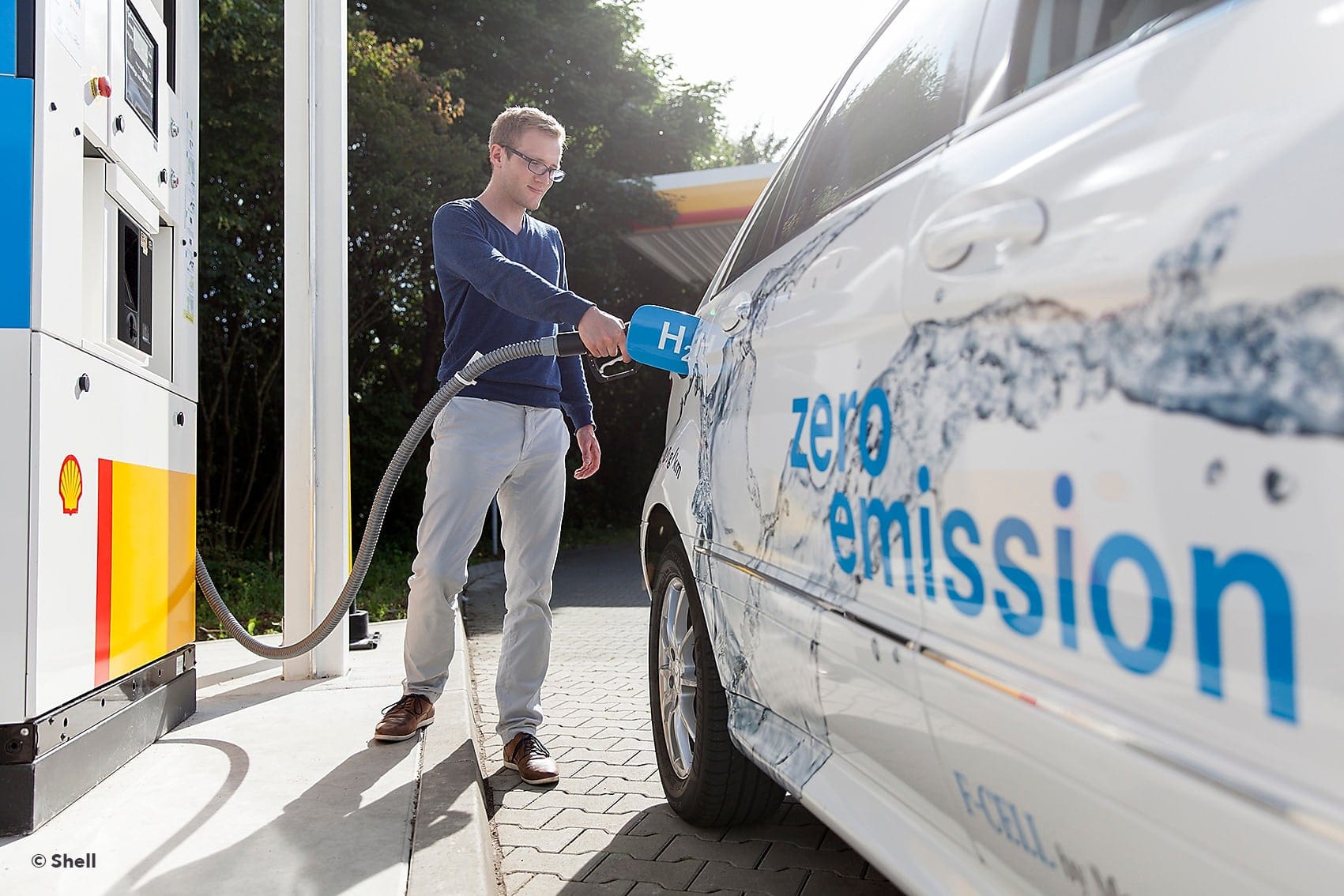
With several hydrogen-powered vehicles already available on the market and almost every major car manufacturer planning to launch a range of hydrogen powered vehicles for personal use, it seems as though hydrogen really is the fuel of tomorrow. But before we see the mass take-up of hydrogen as a fuel to combat pollution and carbon dioxide emissions for personal motoring, car drivers need to be certain they can fill up their cars.
The number of hydrogen refueling stations in Europe is expanding rapidly. Germany leads the way. Having already developed over 70 refueling locations, a new hydrogen station opens in Germany every two weeks currently. By the end of 2019 an estimated 100 refueling stations will be available for cars to use.
The actual refueling process of a hydrogen powered vehicle is fairly simple, and very similar to typical petrol/diesel pumps. A dispensing nozzle pumps hydrogen into the vehicle at the required pressure, while the user can track progress on a user interface, which contains various displays showing pressure, fill level or measured quantity.
Undoubtedly the biggest challenge facing take up of hydrogen as a fuel will be the provision of convenient refueling infrastructure. Even Germany can only currently sustain a hydrogen supply to major cities and routes. Nevertheless the situation is changing, and as the impetus to replace petrol and diesel rises, the need for hydrogen infrastructure becomes more pressing.
Inevitably the choice of hydrogen vehicles will also affect the take-up. An attractive range of compatible vehicles and a corresponding supply of infrastructure are needed. Even with the production of specialised hydrogen vehicles such as the Toyota Mirai or the Hyundai Nexo, consumers will not venture into hydrogen power without absolute certainty of adequate and easy access to hydrogen refuelling stations. This is why it is vital that refuelling stations are constantly being developed in order for clean hydrogen power to grow.